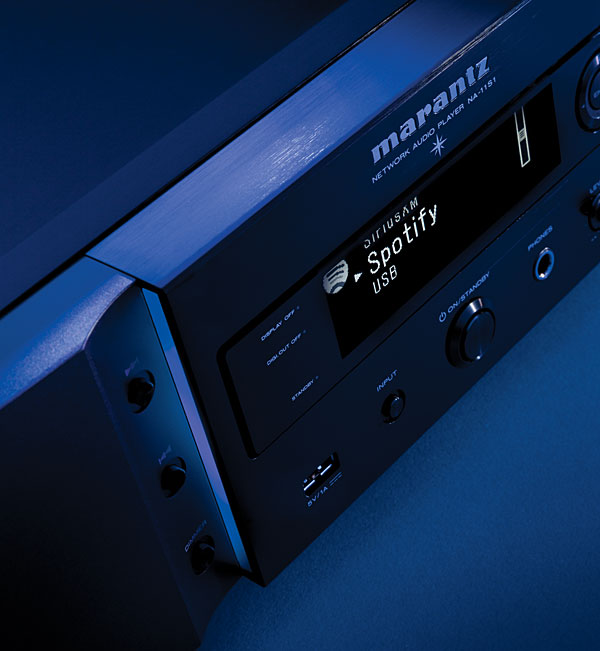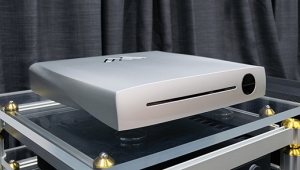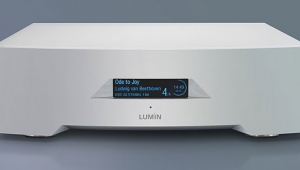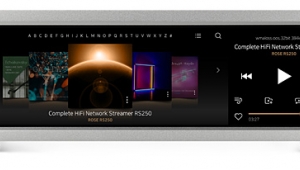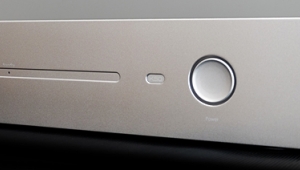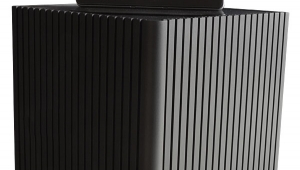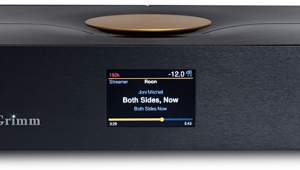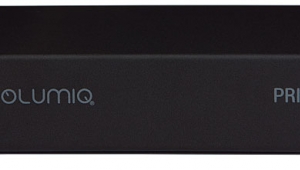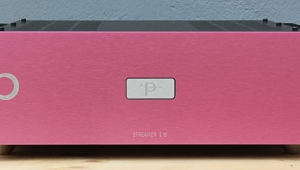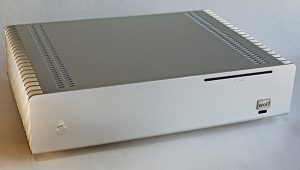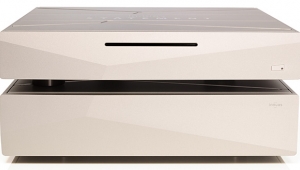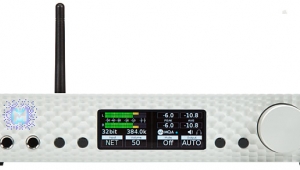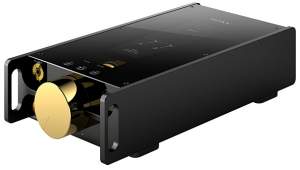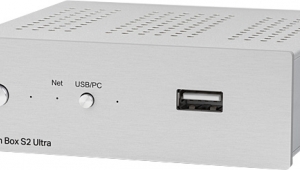| Columns Retired Columns & Blogs |
While I have taken the plunge and slowly moving towards a computer based music system; macbook pro, external hd, connected through USB Stello U3 and Moon DAC - because it was easy to set up. But when I read the reviews of the new network audio players and how setting them up can be a chore sometimes, I can't help but remind myself of the early days with Windows machines when configuring them to work with other hardware took some time and patience. It is clear to me that we are still in the early stages of network streaming devices and the ones that will win customer's approval will be those that will be able to read all files, hardware, and connect through wifi networks with operational ease. I don't think we are there yet.
